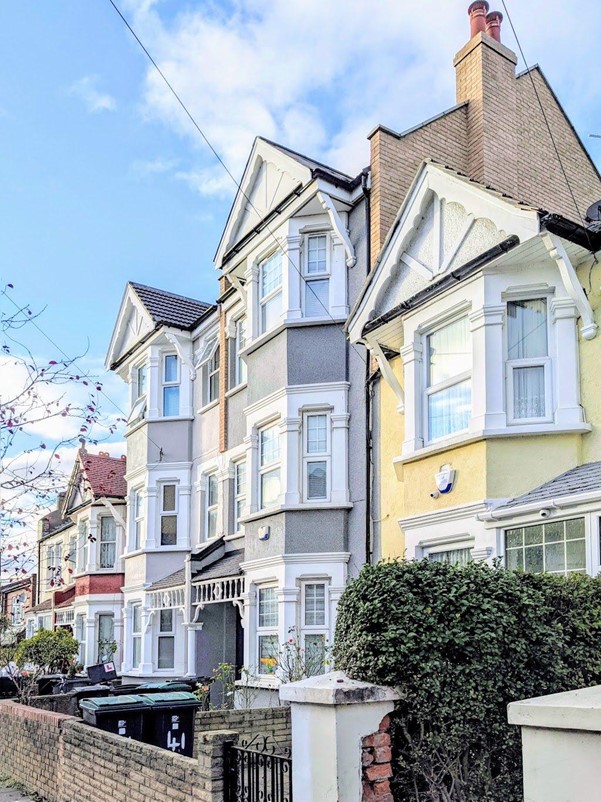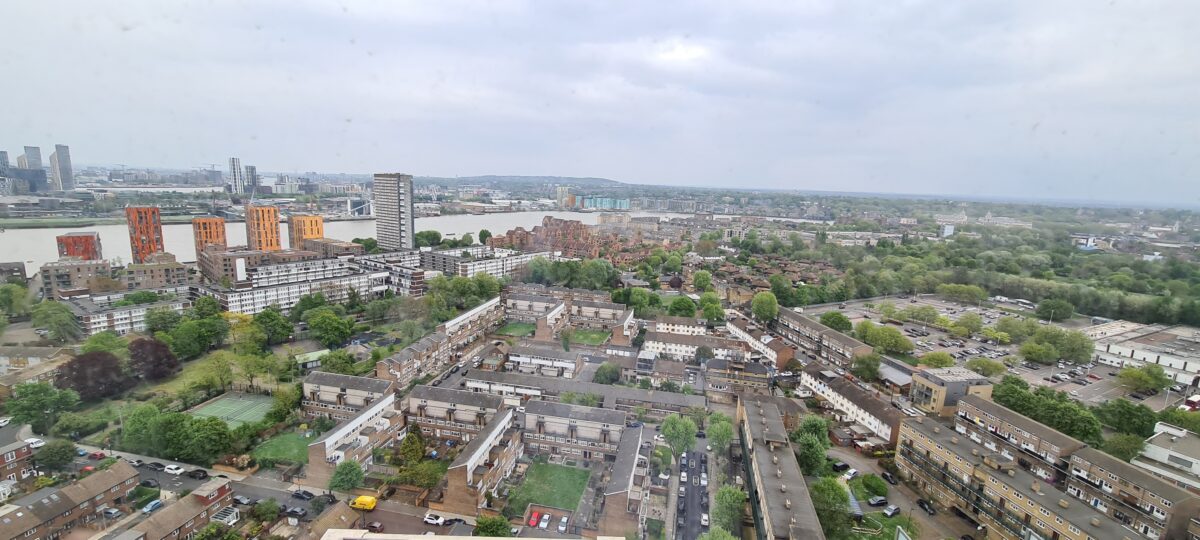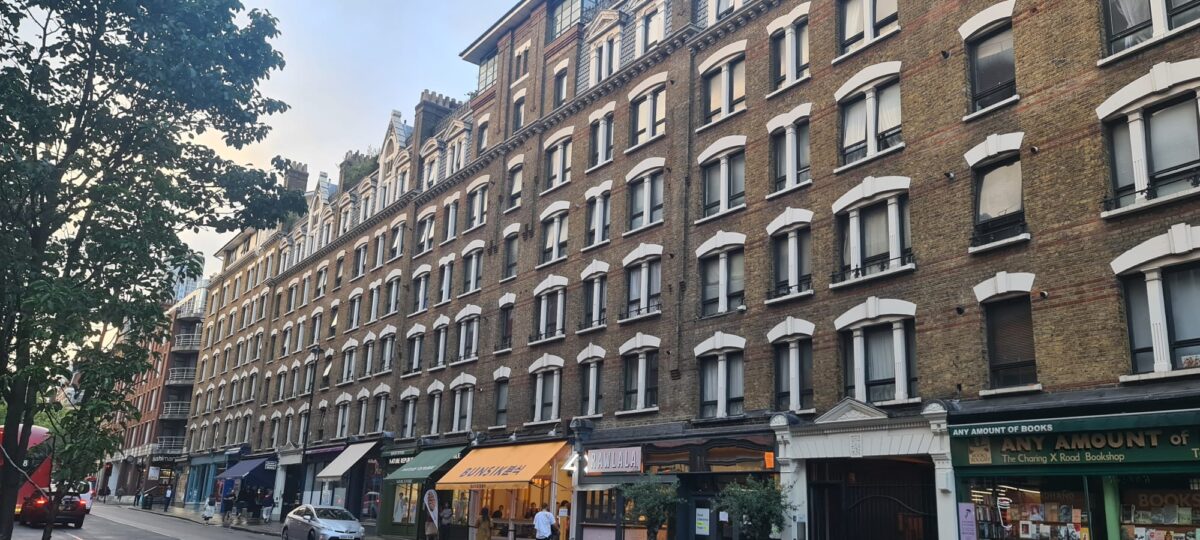This week’s Queen’s Speech was a key opportunity for the government to announce serious plans to tackle the cost-of-living crisis. But while some individual announcements were welcome, overall they failed to go far enough. It was concerning to see recent rowing back on the commitment to building 300,000 homes a year, following the abandonment of plans for planning reform last year. Action to make housing – the single biggest item of household expenditure – more affordable is vital in the context of our long-term housing crisis.
However, there was one item in the speech which progressives should view with interest – the proposal for ‘street votes’. When this was announced, some were surprised by the broad array of progressive figures and groups that had already endorsed trials of the idea. This group includes housing associations, community groups, the chair of the Fabian Society Local Government and Housing member policy group, the Royal Town Planning Institute, the past president of the RIBA, Shelter’s former head of policy Toby Lloyd, campaigning organisations Generation Rent and Priced Out, two of Sadiq Khan’s design advocates, and even Labour’s former Deputy Mayor of London Nicky Gavron. More broadly, suburban intensification is being championed by progressive politicians around the world, from Jacinda Arden’s government in New Zealand to Alexandria Ocasio-Cortez in the US.
But what are street votes? Although we will have to wait for more details of the government’s plan to emerge, the idea of street votes has been advanced by a variety of organisations over the last several years. The idea is to give local residents a power to allow more housing where there is a broad consensus. Street votes are only a supplement to existing means of getting planning permission, a way of adding more gentle density where there is support on the street to do so.
Instead of the only option being to seek planning permission on a case-by-case basis, street votes would simply let the residents of a street agree, by a large majority of perhaps two-thirds, to a plan that would allow additional housing on that street, according to a pre-specified design. Notwithstanding reports in the ever-excitable Daily Mail, they do not mean that the neighbours get to vote on your individual application for an extension.
Each property owner would then be free to use the permission, or not, in their own time. There are strict limits to ensure that the overall effect helps the place and does not harm anyone else, including through impacts on daylight and congestion. And tenants, not absentee landlords, would get the vote, which is why street votes have been endorsed by Dan Wilson Craw of Generation Rent.
With millions struggling under the high cost of housing and now the rapidly rising cost of living, measures to address high housing costs are more needed than ever. Where successful, street votes would produce more floorspace and more homes, enabling money spent on rent and house prices to go further, and reducing the cost of living for hard-pressed families.
Haringey’s Labour council in 2010 showed the potential for what such a policy can achieve. In South Tottenham, housing constraints faced by the Haredi Jewish community led to community leaders, councillors and planners working together to agree a right for residents to extend their homes by as much as 1.5 storeys, alongside a strict design code. This has had high uptake, won the support of the broader community, and allowed growing families to benefit from additional space instead of being priced out of the local area.

Importantly, street votes give control over the character and shape of an area to communities themselves. Councils in areas at the sharp end of the housing crisis are often frustrated by landowners and promoters gaming the site allocation process by land-banking instead of putting land forward for development. Concerns about corruption are common. But none of this can happen with street votes. The plan will only be passed if a large majority of residents want it to be passed. There is no messy, behind-the-scenes process of political donations and private negotiations between councils, landowners and developers.
Small builders have suffered terribly in recent decades from a worsening shortage of small sites. Many have seen their businesses fail. Our current rigid system of land allocation means that development is typically consigned to a few large, poorly served, car-dependent sites. This tilts the market in favour of larger developers, allowing a few big players to dominate the market. By contrast, street votes could deliver many more micro-sites, allowing small builders to regain their presence in the market and help to train the next generation of skilled tradespeople.
The densification enabled by street votes would also benefit the environment. Suburbs and rural areas generate far more carbon emissions per head than areas of gentle density with terraced houses and flats. Inhabitants can walk, cycle or take public transport to work rather than being dependent upon car use to get around. Flats are better insulated and require less heating than large suburban housing. And street votes could help generate funds to retrofit existing housing with better insulation.
Finally and crucially, the land value uplift created by a street vote would be taxed. When a house gains permission for an extension, its value increases. With street votes, as more generally, homeowners and landlords are required to pay a tax on this uplift to their local authority. This means that if street votes work to generate more housing, this will generate more money for hard-pressed local authorities to spend on the infrastructure, social housing and public services on which communities rely. If street votes generate as much additional housing as some think it might, that could mean billions of pounds more to local authorities.
We should not allow the idea of street votes to become identified solely with the Conservative Party. There are many reasons why progressives, too, should support trials of street votes. There is no guarantee that these ideas will work, or that the government will implement them well – but as long as the policy is carefully handled, there are few obvious drawbacks to a trial. If they do work, they might help many families, communities and councils improve the places where they live, and do something to help the many struggling under the sky-high cost of housing.



